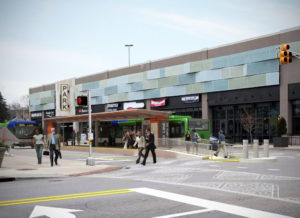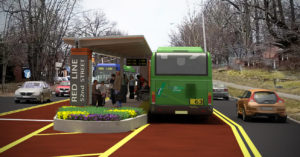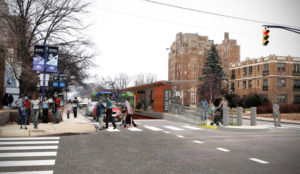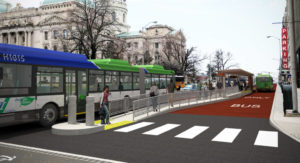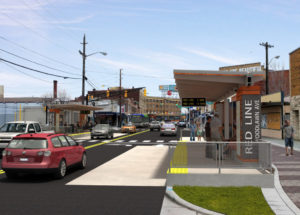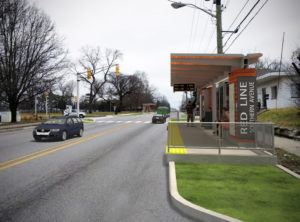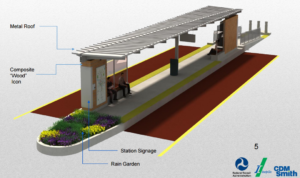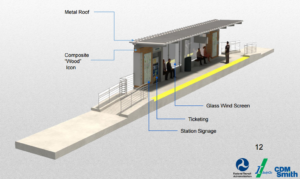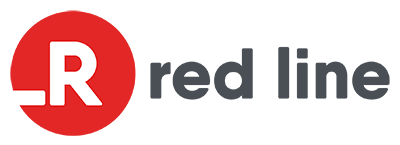
A bold, new era of efficient, rider-focused Bus Rapid Transit.
A transportation system not only takes us to our destinations, it takes our city to its future. IndyGo’s Red Line is a proven standard for how to plan, design, develop and build an innovative bus rapid transit line that has reimagined infrastructure, amenities and future-ready vehicles.
For 13 miles, IndyGo’s Red Line is a milestone in improved capacity, comfort and comprehensive accommodation for every rider’s experience.
This is big! This is bold. This is Indygo’s Red Line in Indianapolis.





